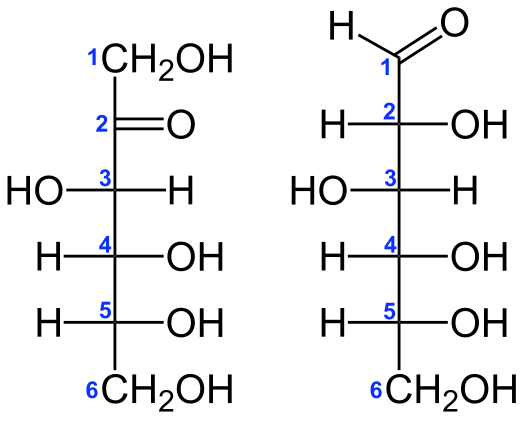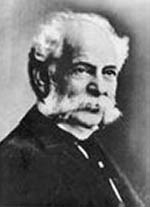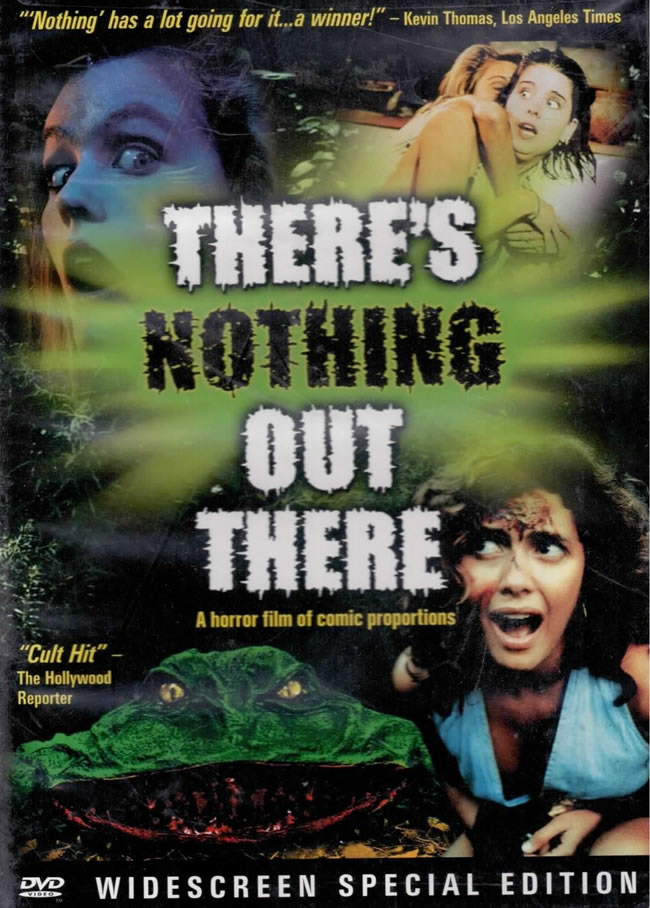 Professor of philosopher Shelly Kagan has an interesting take on death. After all, how bad can something be for you if you’re not alive to experience it?
Professor of philosopher Shelly Kagan has an interesting take on death. After all, how bad can something be for you if you’re not alive to experience it?
[div class=attrib]From the Chronicle:[end-div]
We all believe that death is bad. But why is death bad?
In thinking about this question, I am simply going to assume that the death of my body is the end of my existence as a person. (If you don’t believe me, read the first nine chapters of my book.) But if death is my end, how can it be bad for me to die? After all, once I’m dead, I don’t exist. If I don’t exist, how can being dead be bad for me?
People sometimes respond that death isn’t bad for the person who is dead. Death is bad for the survivors. But I don’t think that can be central to what’s bad about death. Compare two stories.
Story 1. Your friend is about to go on the spaceship that is leaving for 100 Earth years to explore a distant solar system. By the time the spaceship comes back, you will be long dead. Worse still, 20 minutes after the ship takes off, all radio contact between the Earth and the ship will be lost until its return. You’re losing all contact with your closest friend.
Story 2. The spaceship takes off, and then 25 minutes into the flight, it explodes and everybody on board is killed instantly.
Story 2 is worse. But why? It can’t be the separation, because we had that in Story 1. What’s worse is that your friend has died. Admittedly, that is worse for you, too, since you care about your friend. But that upsets you because it is bad for her to have died. But how can it be true that death is bad for the person who dies?
In thinking about this question, it is important to be clear about what we’re asking. In particular, we are not asking whether or how the process of dying can be bad. For I take it to be quite uncontroversial—and not at all puzzling—that the process of dying can be a painful one. But it needn’t be. I might, after all, die peacefully in my sleep. Similarly, of course, the prospect of dying can be unpleasant. But that makes sense only if we consider death itself to be bad. Yet how can sheer nonexistence be bad?
Maybe nonexistence is bad for me, not in an intrinsic way, like pain, and not in an instrumental way, like unemployment leading to poverty, which in turn leads to pain and suffering, but in a comparative way—what economists call opportunity costs. Death is bad for me in the comparative sense, because when I’m dead I lack life—more particularly, the good things in life. That explanation of death’s badness is known as the deprivation account.
Despite the overall plausibility of the deprivation account, though, it’s not all smooth sailing. For one thing, if something is true, it seems as though there’s got to be a time when it’s true. Yet if death is bad for me, when is it bad for me? Not now. I’m not dead now. What about when I’m dead? But then, I won’t exist. As the ancient Greek philosopher Epicurus wrote: “So death, the most terrifying of ills, is nothing to us, since so long as we exist, death is not with us; but when death comes, then we do not exist. It does not then concern either the living or the dead, since for the former it is not, and the latter are no more.”
If death has no time at which it’s bad for me, then maybe it’s not bad for me. Or perhaps we should challenge the assumption that all facts are datable. Could there be some facts that aren’t?
Suppose that on Monday I shoot John. I wound him with the bullet that comes out of my gun, but he bleeds slowly, and doesn’t die until Wednesday. Meanwhile, on Tuesday, I have a heart attack and die. I killed John, but when? No answer seems satisfactory! So maybe there are undatable facts, and death’s being bad for me is one of them.
Alternatively, if all facts can be dated, we need to say when death is bad for me. So perhaps we should just insist that death is bad for me when I’m dead. But that, of course, returns us to the earlier puzzle. How could death be bad for me when I don’t exist? Isn’t it true that something can be bad for you only if you exist? Call this idea the existence requirement.
Should we just reject the existence requirement? Admittedly, in typical cases—involving pain, blindness, losing your job, and so on—things are bad for you while you exist. But maybe sometimes you don’t even need to exist for something to be bad for you. Arguably, the comparative bads of deprivation are like that.
Unfortunately, rejecting the existence requirement has some implications that are hard to swallow. For if nonexistence can be bad for somebody even though that person doesn’t exist, then nonexistence could be bad for somebody who never exists. It can be bad for somebody who is a merely possible person, someone who could have existed but never actually gets born.
t’s hard to think about somebody like that. But let’s try, and let’s call him Larry. Now, how many of us feel sorry for Larry? Probably nobody. But if we give up on the existence requirement, we no longer have any grounds for withholding our sympathy from Larry. I’ve got it bad. I’m going to die. But Larry’s got it worse: He never gets any life at all.
Moreover, there are a lot of merely possible people. How many? Well, very roughly, given the current generation of seven billion people, there are approximately three million billion billion billion different possible offspring—almost all of whom will never exist! If you go to three generations, you end up with more possible people than there are particles in the known universe, and almost none of those people get to be born.
If we are not prepared to say that that’s a moral tragedy of unspeakable proportions, we could avoid this conclusion by going back to the existence requirement. But of course, if we do, then we’re back with Epicurus’ argument. We’ve really gotten ourselves into a philosophical pickle now, haven’t we? If I accept the existence requirement, death isn’t bad for me, which is really rather hard to believe. Alternatively, I can keep the claim that death is bad for me by giving up the existence requirement. But then I’ve got to say that it is a tragedy that Larry and the other untold billion billion billions are never born. And that seems just as unacceptable.
[div class=attrib]Read the entire article after the jump.[end-div]
[div class=attrib]Image: Still photograph from Ingmar Bergman’s “The Seventh Seal”. Courtesy of the Guardian.[end-div]



 “Monday burn Millay, Wednesday Whitman, Friday Faulkner, burn ’em to ashes, then burn the ashes. That’s our official slogan.” [From Fahrenheit 451].
“Monday burn Millay, Wednesday Whitman, Friday Faulkner, burn ’em to ashes, then burn the ashes. That’s our official slogan.” [From Fahrenheit 451].
 FOMO is an increasing “problem” for college students and other young adults. Interestingly, and somewhat ironically, FOMO seems to be a more chronic issue in a culture mediated by online social networks. So, what is FOMO? And do you have it?
FOMO is an increasing “problem” for college students and other young adults. Interestingly, and somewhat ironically, FOMO seems to be a more chronic issue in a culture mediated by online social networks. So, what is FOMO? And do you have it?

 It’s possible that most households on the planet have one. It’s equally possible that most humans have used one — excepting members of PETA (People for the Ethical Treatment of Animals) and other tolerant souls.
It’s possible that most households on the planet have one. It’s equally possible that most humans have used one — excepting members of PETA (People for the Ethical Treatment of Animals) and other tolerant souls.
 [div class=attrib]From Anthropology in Practice:[end-div]
[div class=attrib]From Anthropology in Practice:[end-div] No surprise. Women and men use online social networks differently. A new study of online behavior by researchers in Vienna, Austria, shows that the sexes organize their networks very differently and for different reasons.
No surprise. Women and men use online social networks differently. A new study of online behavior by researchers in Vienna, Austria, shows that the sexes organize their networks very differently and for different reasons. No, not Ted Nugent or Ted Koppel or Ted Turner; we are talking about the TED.
No, not Ted Nugent or Ted Koppel or Ted Turner; we are talking about the TED. It takes no expert neuroscientist, anthropologist or evolutionary biologist to recognize that human evolution has probably stalled. After all, one only needs to observe our obsession with reality TV. Yes, evolution screeched to a halt around 1999, when reality TV hit critical mass in the mainstream public consciousness. So, what of evolution?
It takes no expert neuroscientist, anthropologist or evolutionary biologist to recognize that human evolution has probably stalled. After all, one only needs to observe our obsession with reality TV. Yes, evolution screeched to a halt around 1999, when reality TV hit critical mass in the mainstream public consciousness. So, what of evolution?
 Professor of philosophy Simon Critchley has an insightful examination (serialized) of Philip K. Dick’s writings. Philip K. Dick had a tragically short, but richly creative writing career. Since his death twenty years ago, many of his novels have profoundly influenced contemporary culture.
Professor of philosophy Simon Critchley has an insightful examination (serialized) of Philip K. Dick’s writings. Philip K. Dick had a tragically short, but richly creative writing career. Since his death twenty years ago, many of his novels have profoundly influenced contemporary culture.
 Professor of philosopher Shelly Kagan has an interesting take on death. After all, how bad can something be for you if you’re not alive to experience it?
Professor of philosopher Shelly Kagan has an interesting take on death. After all, how bad can something be for you if you’re not alive to experience it? Christopher Mims over at the Technology Review revisits a recent study of our social networks, both real-world and online. It’s startling to see the growth in our social isolation despite the corresponding growth in technologies that increase our ability to communicate and interact with one another. Is the suburbanization of our species to blame, and can Facebook save us?
Christopher Mims over at the Technology Review revisits a recent study of our social networks, both real-world and online. It’s startling to see the growth in our social isolation despite the corresponding growth in technologies that increase our ability to communicate and interact with one another. Is the suburbanization of our species to blame, and can Facebook save us?



